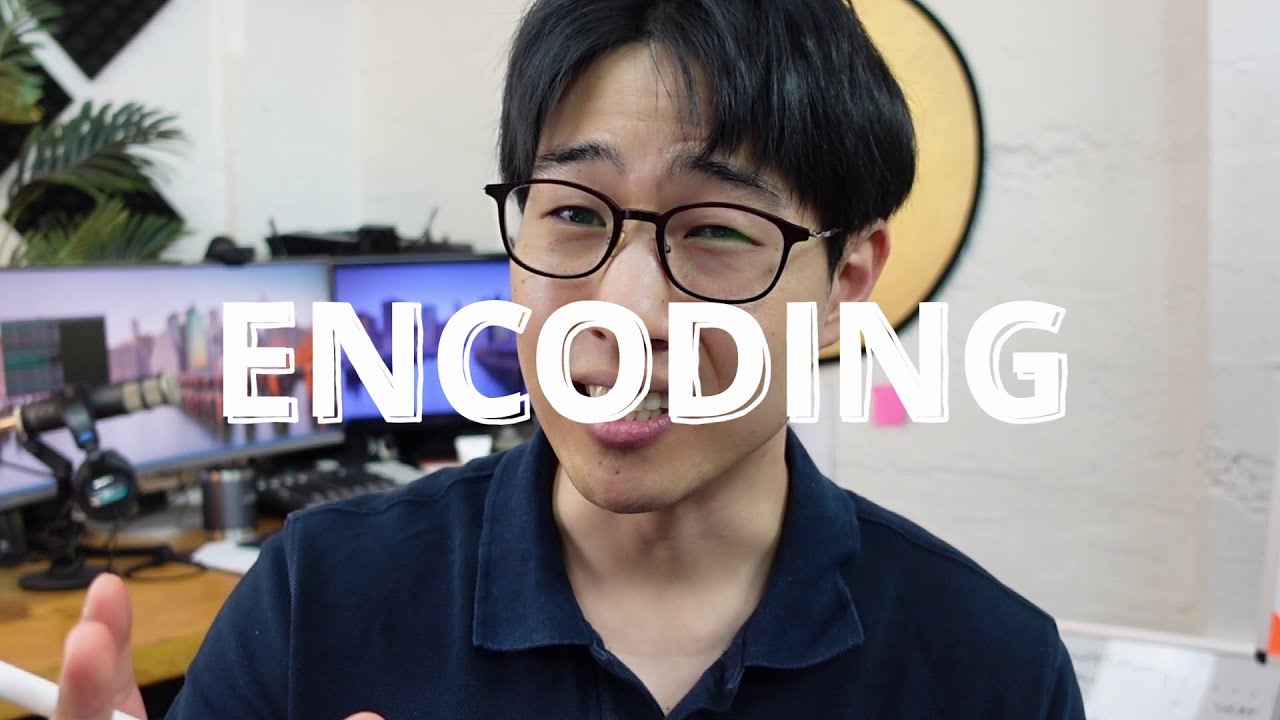"Mutually Exclusive" and "Independent" Events (...are VERY different things!)
Summary
TLDRIn this educational video, Justin from zedstatistics.com clarifies the difference between mutually exclusive and independent events, using examples of high school students' sports and study choices. He explains that mutually exclusive events, like playing basketball or cricket, cannot occur simultaneously, ensuring their intersection's probability is zero. In contrast, independent events, such as playing basketball and studying modern history, show no impact of one event on the other, as seen when the probability of playing basketball remains the same regardless of studying history. Justin also points out the common misconception that mutually exclusive events are the same as independent events, emphasizing that they are, in fact, opposites, with the former being a form of complete dependence.
Takeaways
- 🏀 The video discusses the difference between mutually exclusive and independent events, using examples to clarify the concepts.
- 🎯 Mutually exclusive events are defined as events that cannot occur at the same time, such as a student playing basketball or cricket in the summer.
- 📊 The probability of mutually exclusive events occurring together is zero, which is exemplified by the students' sports participation survey.
- 📚 Independence in events is determined by whether the occurrence of one event affects the probability of another, demonstrated by the study of modern history and basketball playing.
- 🧮 The intersection of independent events must be non-zero, as seen with the overlap of students playing basketball and studying modern history.
- 🏋️♂️ An example of dependent events is given where the probability of playing basketball changes when considering students who are taller than 175 centimeters.
- 🔄 The video emphasizes that mutually exclusive events are, by definition, dependent, as they cannot occur together, contrasting with independent events.
- 📈 The speaker, Justin, uses numerical examples from a survey of 100 high school students to illustrate the concepts of mutual exclusivity and independence.
- 💡 The importance of looking at actual data to determine if events are independent is highlighted, as assumptions alone are not sufficient.
- 🌐 The video is part of a series on zedstatistics.com, where Justin educates on statistical concepts, and viewers are encouraged to donate to an education charity.
Q & A
What is the main difference between mutually exclusive and independent events?
-Mutually exclusive events cannot occur at the same time, meaning the intersection of the two events is zero. Independent events, on the other hand, can occur simultaneously, and the occurrence of one event does not affect the probability of the other.
How many students out of 100 play basketball in the given example?
-40 out of 100 students play basketball.
What is the probability of a student playing both basketball and cricket in the example?
-The probability is zero, as these are mutually exclusive events.
What is the definition of mutually exclusive events as explained in the video?
-Mutually exclusive events are defined as events where the probability of both occurring at the same time is zero.
How many students out of 100 play cricket in the example?
-25 out of 100 students play cricket.
What is the probability of a student playing basketball given they study modern history?
-The probability remains the same as the probability of playing basketball without considering modern history, which is 0.4 or 40 out of 100.
What does it mean for two events to be independent?
-Two events are independent if the occurrence of one event does not affect the probability of the other event occurring.
How many students out of 100 both play basketball and study modern history?
-8 out of 100 students both play basketball and study modern history.
What is the probability of a student playing basketball given they are taller than 175 centimeters?
-The probability is 0.7, indicating that the events are dependent.
Why are mutually exclusive events considered the most extreme form of dependence?
-Mutually exclusive events are considered the most extreme form of dependence because the occurrence of one event completely excludes the possibility of the other event occurring.
What does the speaker do with the funds raised through the super thanks button on YouTube?
-The speaker donates all funds raised through the super thanks button to an education charity.
Outlines

Esta sección está disponible solo para usuarios con suscripción. Por favor, mejora tu plan para acceder a esta parte.
Mejorar ahoraMindmap

Esta sección está disponible solo para usuarios con suscripción. Por favor, mejora tu plan para acceder a esta parte.
Mejorar ahoraKeywords

Esta sección está disponible solo para usuarios con suscripción. Por favor, mejora tu plan para acceder a esta parte.
Mejorar ahoraHighlights

Esta sección está disponible solo para usuarios con suscripción. Por favor, mejora tu plan para acceder a esta parte.
Mejorar ahoraTranscripts

Esta sección está disponible solo para usuarios con suscripción. Por favor, mejora tu plan para acceder a esta parte.
Mejorar ahoraVer Más Videos Relacionados
5.0 / 5 (0 votes)






